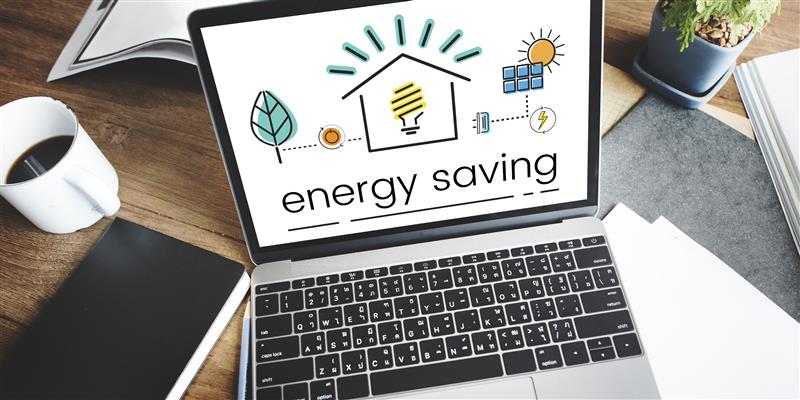

1. Introduction
2. What Is the Solar Homes Program?
3. Who Is Eligible in 2025?
4. Types of Rebates Offered
5. How Much Can You Save?
6. How to Apply for the Solar Homes Program
7. Conclusion

Victoria is leading the way in renewable energy with its Solar Homes Program 2025 which offers households an incredible opportunity to save on energy costs while embracing sustainable power. From solar panel and battery rebates to hot water system incentives, the program is designed to make the transition to solar more affordable and accessible for homeowners, renters and apartment dwellers alike.
In this guide, we’ll break down eligibility, available rebates and loans, potential savings and the step-by-step process to apply—helping you make the most of Victoria’s push toward energy independence in 2025.
In 2025, programs like the Victoria solar rebate and additional loans make renewable energy more accessible than ever. Launched to make clean energy more affordable this program offers rebates and loans for solar panels, batteries and hot water systems. It’s designed to:
Reduce upfront costs for households
Provide financial relief with rebates and loans
Support long-term savings through solar and battery storage
Encourage energy independence across Victoria
The eligibility is based on property type, income and ownership. Some highlights are given below:
Homeowners : If you Most owner-occupied homes qualify if property value and income thresholds are met.
Renters & Landlords : The Solar for Rentals Program allows landlords and tenants to share costs and benefits.
Apartments : The Solar for Apartments Program supports shared solar installations for multi-unit buildings.
Battery Users : The vic solar battery rebate eligibility criteria include having existing solar panels and meeting property requirements.
Solar Panel Rebates & Loans
The Solar panel rebate reduces upfront solar installation costs.
Households can also apply for an Interest-free loan which often matches the rebate value.
Larger systems can benefit from the solar rebate victoria for eligible installations.
For financing, the solar vic loan make adoption more affordable.
Battery Rebates & Loans
The vic solar battery rebate gives significant savings for households adding storage to their solar system.
Eligible households can also apply for a solar battery loan which helps to cover the higher upfront cost of batteries.
The solar victoria battery loan and Cheaper Home Batteries Program further support access to energy storage.
Many options include VPP-ready battery systems which allow households to join Virtual Power Plants and trade energy.
Hot Water Rebates
Households can cut energy bills with the solar victoria hot water rebate which reduce the cost of efficient solar or heat pump hot water systems.
Savings vary based on system size and energy usage On average :
Annual energy bill savings $500-$1,200 for solar panel owners.
Batteries offer even bigger long-term savings by storing excess power.
Households also benefit from the Feed-in tariff when exporting energy back to the grid.
When combined with national programs like Federal solar and battery incentives and Small-scale Technology Certificates (STCs) your savings can become even greater. Together, these rebates and incentives allow households to enjoy energy independence while reducing bills.
The application process is straightforward:
1. Check eligibility – Ensure your property and income meet program requirements.
2. Choose an approved installer – Applications must go through licensed providers.
3. Apply online – Submit documents like proof of income, property ownership and quotes.
4. Receive approval – Rebates and loans are applied directly to installation costs.
Many installers also help with paperwork, making it easier for households to access home solar programs.
The Solar Homes Program 2025 gives Victorians a chance to reduce energy bills, lower carbon emissions and achieve greater independence. With options like the Victoria solar rebate, solar battery loans and hot water rebates, households can save thousands upfront and continue to benefit year after year.
By combining state support with federal solar and battery incentives, Victorian households are in the best position to make the switch to clean energy in 2025.